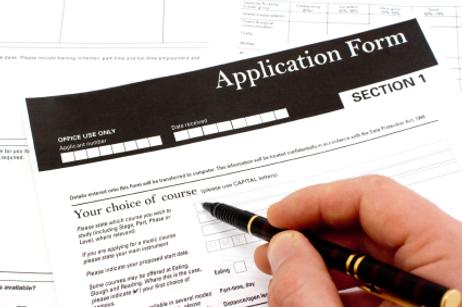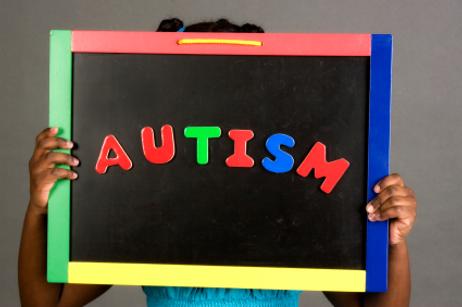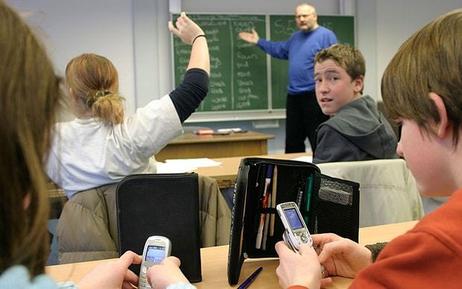While colleges and universities have new requirements, new standards, and new methodologies, one element has held true to the test of time: colleges want to see students’ writing!
Today, almost all major universities and colleges require students to submit either an optional or mandatory application essay. These essays can range in topic, length, and quantity, but they’re all aimed at the goal of discovering whether or not a student can coherently, effectively, and intelligently convey his or her ideas.
As Quintessential Careers supports, “Gaining entrance to just about any college continues to get harder as more and more applicants are applying for a limited number of spaces. How can you improve your chances of being admitted to the college or university of your choice? By writing a stellar personal essay as part of your college application.” As some students struggle with this writing process, public school programs offer students a variety of moderate to extensive support.
The expert in this video offers tips for writing a successful college application essay.
College Application Essays: Opening or Slamming the Door
While an application resume and informational transcripts certainly reveal factual information about a collegiate candidate, colleges today are seeking to discover more personal elements about potential students. Schools are no longer focusing solely on the academic and/or extra-curricular abilities of students; instead, colleges desire to better gauge the types of students they






















